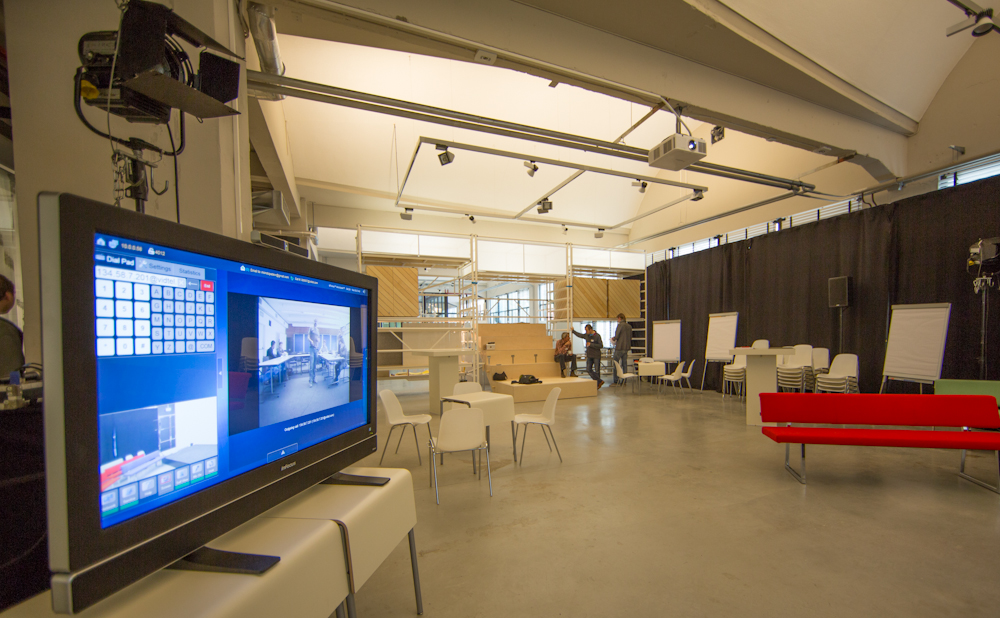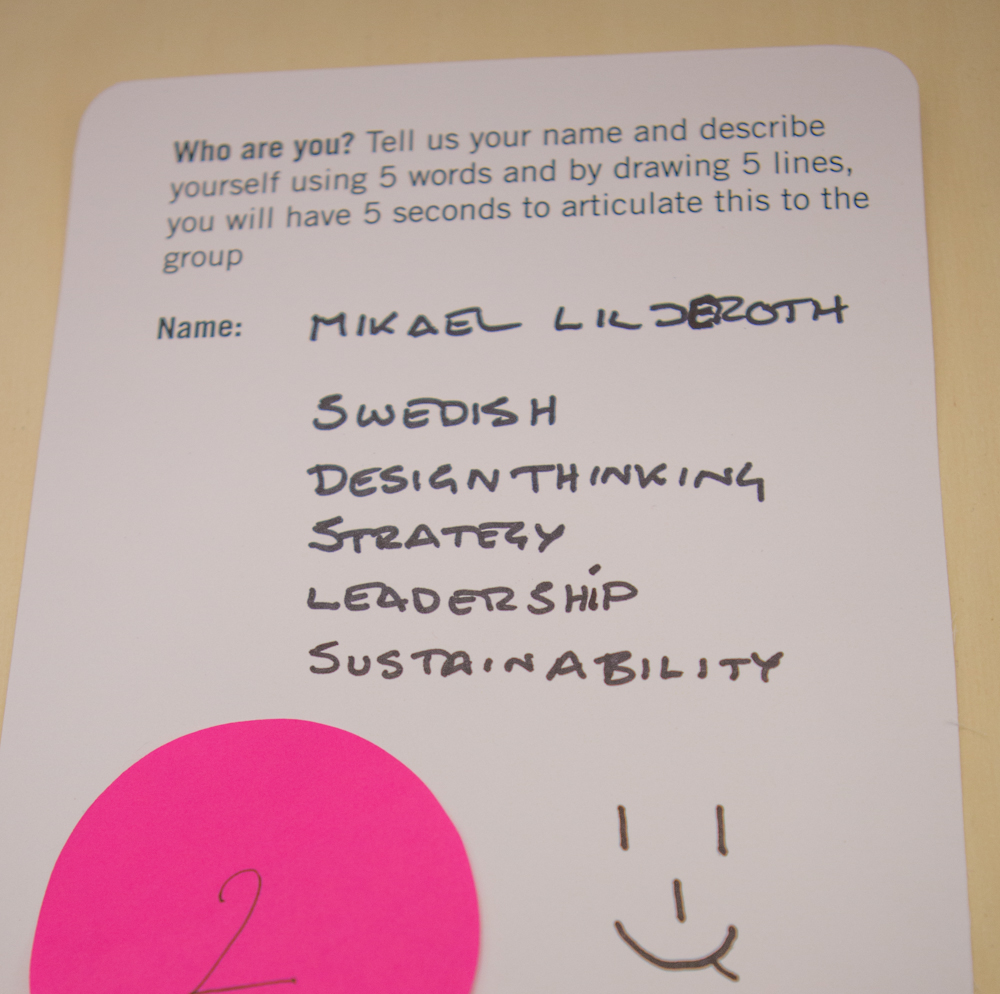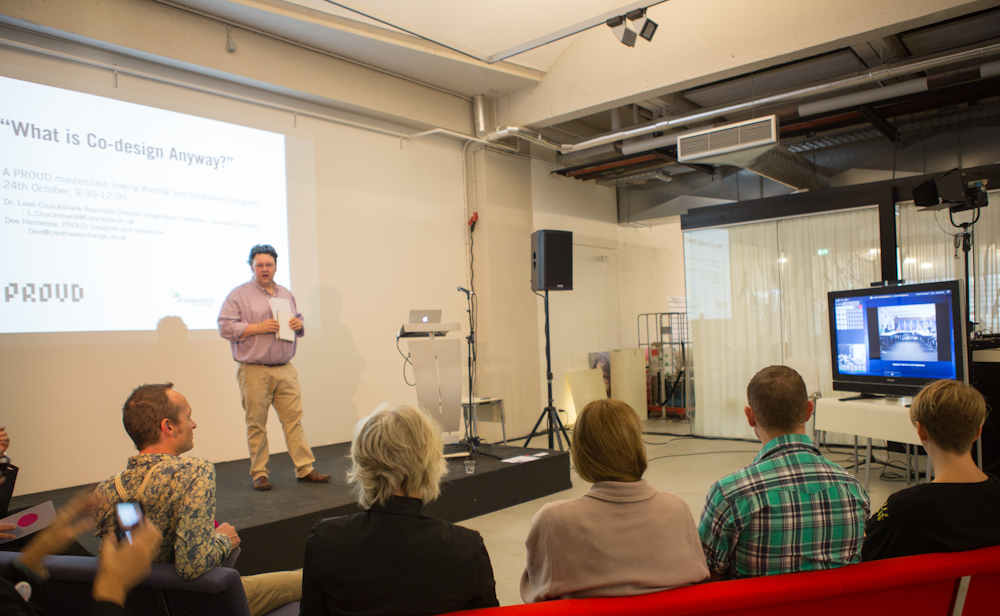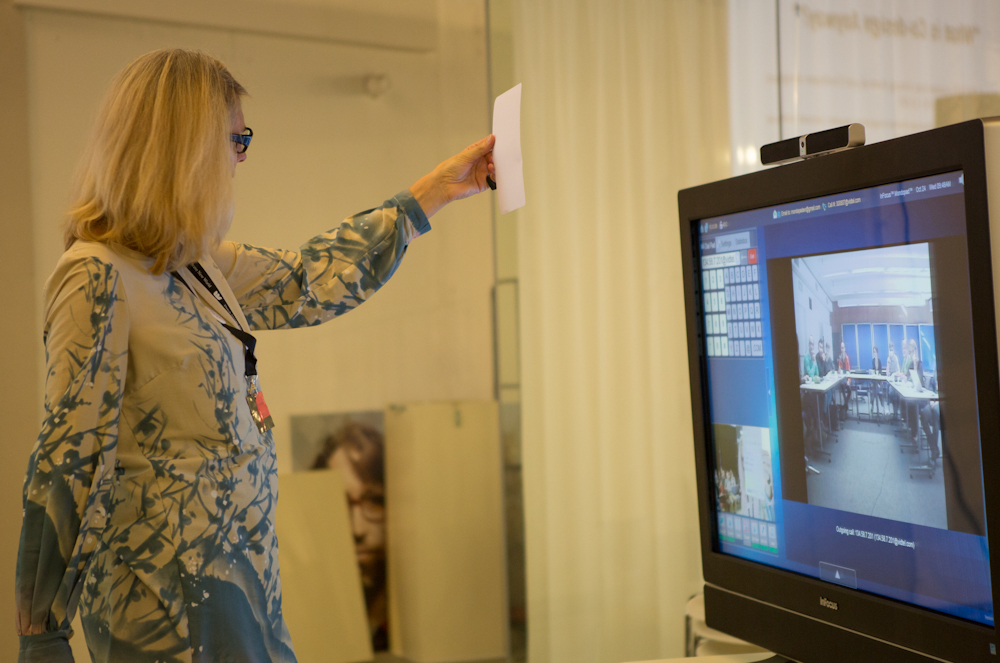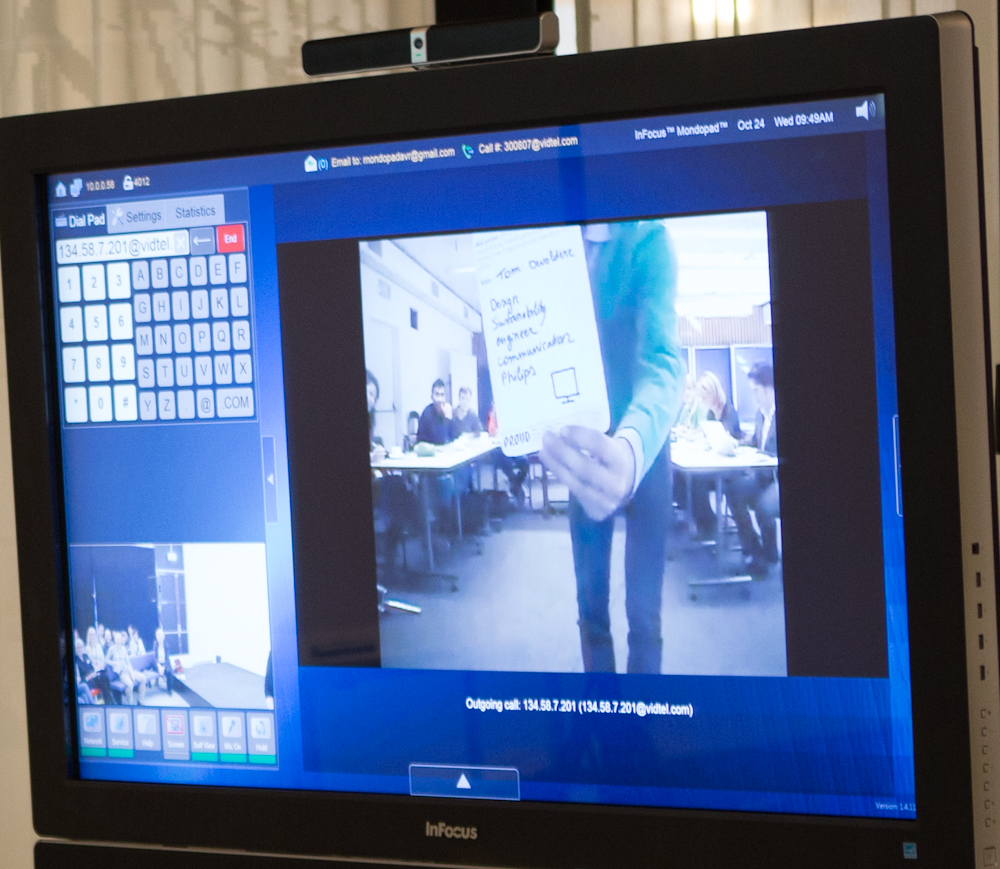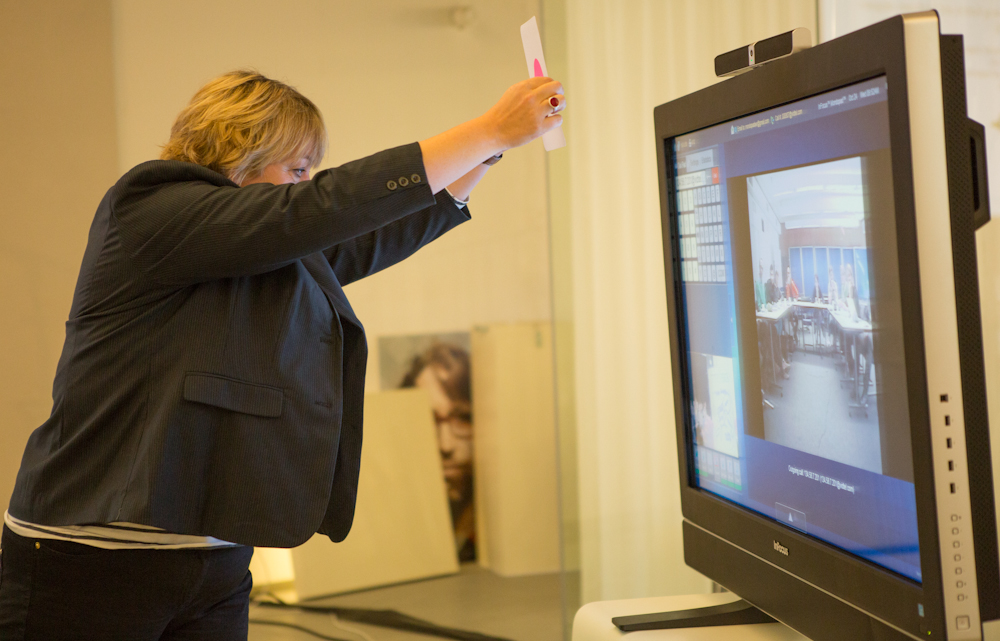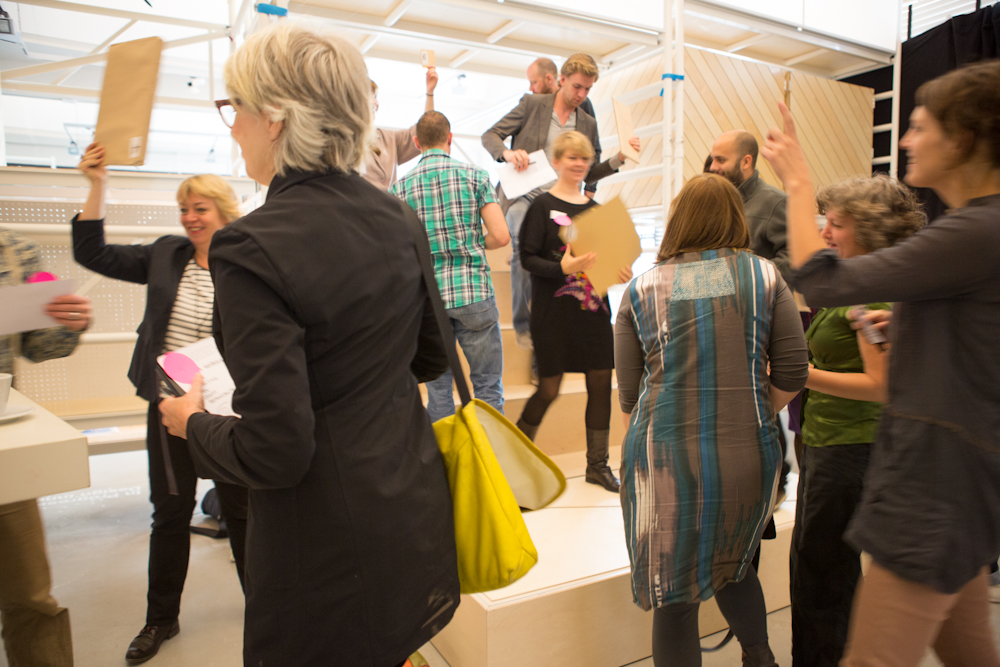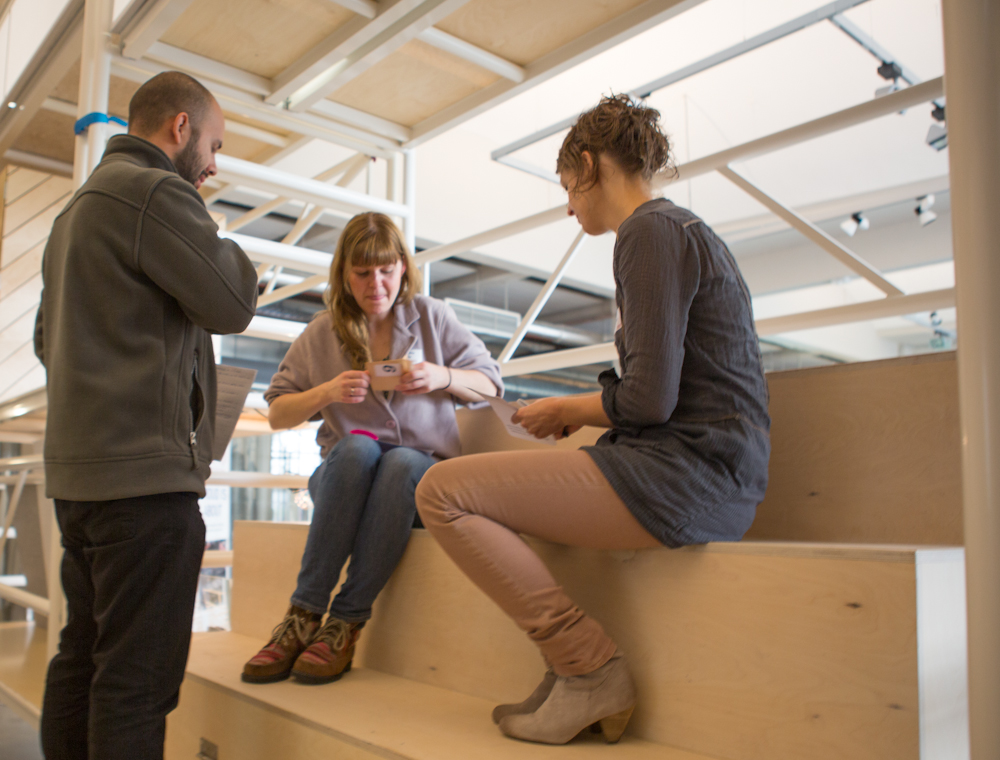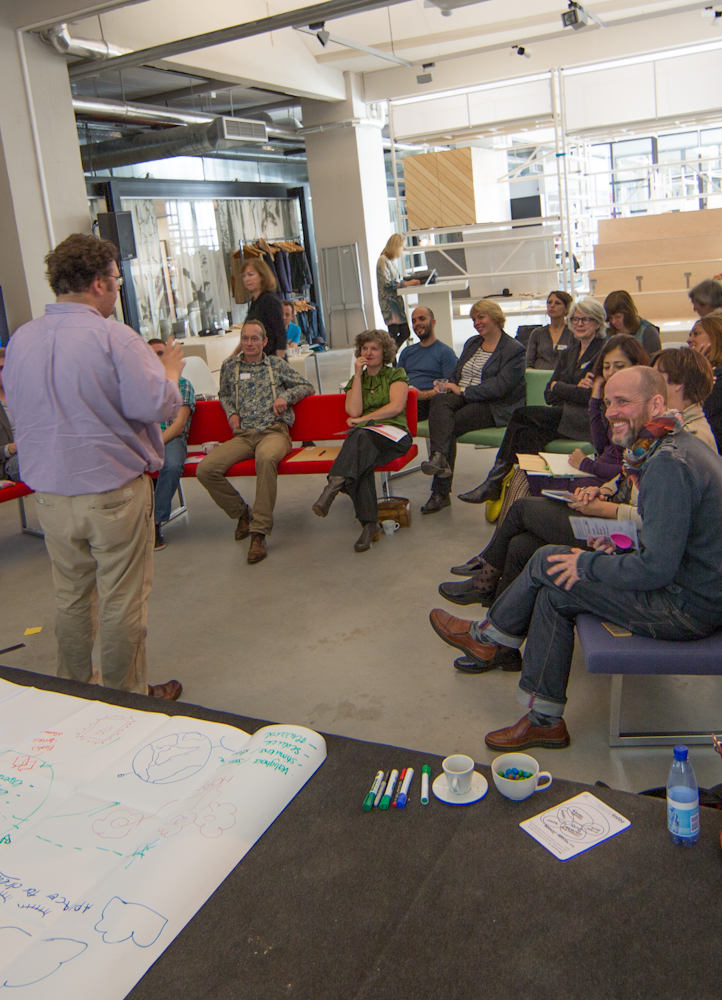For us co-design is a really quite different activity to designing, even to designing in a participatory or user centred way. Our task was to distil the essence of this distinction and then find a way to explore and describe this in a master class setting. One thing for sure is that with a co-design approach this was never going to be a 2 hour lecture.
As part of the development process we developed 8 fundamental principles of Co-Design, these are
1. Agree how the success of the project will be recognised
2. Move in and beyond your normal design practice
3. Involve and respect lots of people in the ideas generating parts of the process
4. Use the expertise of all participants in the process
5. Let everyone be creative in their own way
6. Challenging Assumptions Explore and challenge assumptions
7. Expect to go beyond the average
8. Bring the process to the best possible conclusion with the best possible design outcome
Our thinking was that this is very much an incomplete list and that we would encourage people to add to rather than presenting the definitive list of fundamental issues, actually if we could we would have had these cut into blocks of stone with the bottom snapped off to encourage a search for the missing issues. As it happens in our master class we did get an addition that is quite important
9. Think about the timescale, tempo and rhythm of a project
We explored this in the 3 hour master class, delivered in Eindhoven as part of Dutch Design week and co-delivered to our partners at Buda Island in Koptrijk, Belgium. We did this through a series of tools that challenged small groups to address one of these issues and then to use these responses as a foil to talk about co-design, its value (and difference from) design. The results was a very active dialogue where the designers and public service attendees drew effectively on their own experiences mediated by the tools provided to explore the issues around co-design.


